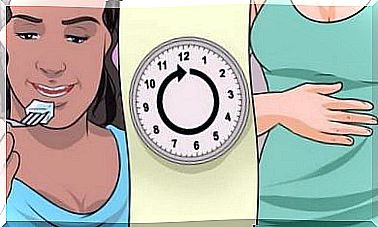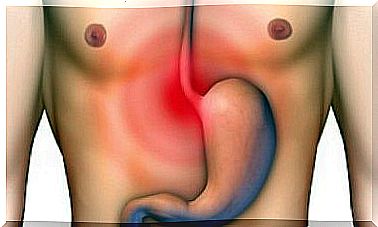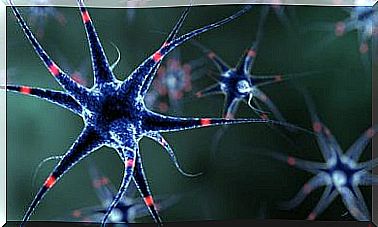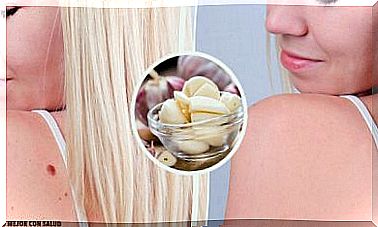How Staff Can Change Stomach Tube (PEG)

A percutaneous endoscopic gastrostomy (PEG / gastric tube) is a surgical procedure in which a food tube is placed in the stomach. This means that an artificial external opening is created in the stomach, either to provide nutrition or gastric decompression. It requires a non-invasive surgery performed with endoscopic techniques. You can change the stomach tube.
It is very common to use in people with dysphagia (typical of amyotrophic lateral sclerosis). These people find it difficult to swallow the bolus (a mixture of food and saliva that forms in the mouth when you chew). It is also commonly used in people who have had a stroke or some other form of neurological injury.
If we compare a gastric tube with a nasogastric tube (the one that goes from the nose to the stomach), there are many benefits to a PEG. First, the possible complications are significantly reduced.
In addition, it is safer for the patient as one avoids most of the digestive tract. It also improves a patient’s psychological well-being, as a PEG is much more discreet. This is especially true for young patients who are usually more concerned about the appearance of a nasogastric tube.
How to place stomach tube
How do they place it?

As we mentioned before, this procedure is really simple:
- First, the patient is given an anesthetic intravenously while in the endoscopy room. Then the doctors find a suitable place on the stomach, based on the results of the endoscopy, and disinfect it carefully.
- The area is then locally anesthetized and an incision is made in the abdominal wall. This is a small incision, about 1 cm. This allows the patient to recover quickly with minimal side effects.
- Then a needle is inserted into the abdomen with an endoscope wire as a guide.
- Finally, they remove the endoscope by pulling the wire to the patient’s mouth. There they place the tube that will come out through the wound in the stomach. For added safety, manufacturers include an inflatable balloon to prevent the probe from moving. Thus, they can be easily attached and covered.
Also read: Diet or healthy eating? What is best?
When to change stomach tube?
Percutaneous endoscopic gastrostomy is a fairly safe procedure. However, there may be complications, so one will have to remove it from patients who need prolonged probing.
The most common complication is an infection. An infection can come from the hole in the abdominal wall or from the probe itself. In these cases, it is mandatory to remove it and start on antibiotics to eradicate the infection. Otherwise there is a risk of septic shock.
Also read: What is emergency initiation?
How to change stomach tube
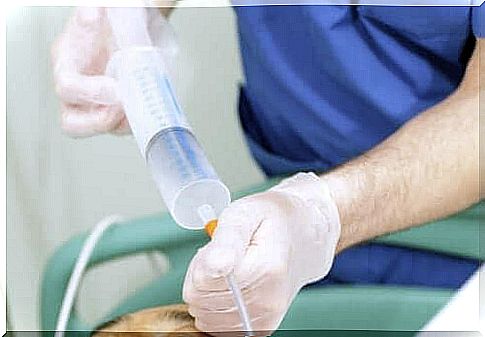
Infection is the most common reason for switching gastric tube.
- First, sterilize and disinfect the area you are working in. Then disengage the feeding mechanism so that the probe is clean.
- Next, make sure that the probe balloon is properly seated and working. To do this, introduce sterilized water into the valve so that it is inflated. If it swells properly and there are no leaks, it means that it is functional.
- Then clean the area around the hole carefully. Remember to empty the balloon that holds the gastrostomy. As soon as the probe no longer works and you have disconnected it, you can remove it by pulling with one hand while holding your stomach down with the other.
- The new probe is then inserted through the same gastrostomy hole. Ideally, the tube will form a right angle to the abdomen to make it easier to place.
- Finally, the balloon inflates until the new probe is in place. Pull it gently until it stops against the abdominal wall.
- Always disinfect after this process to prevent future infections in the new probe.

